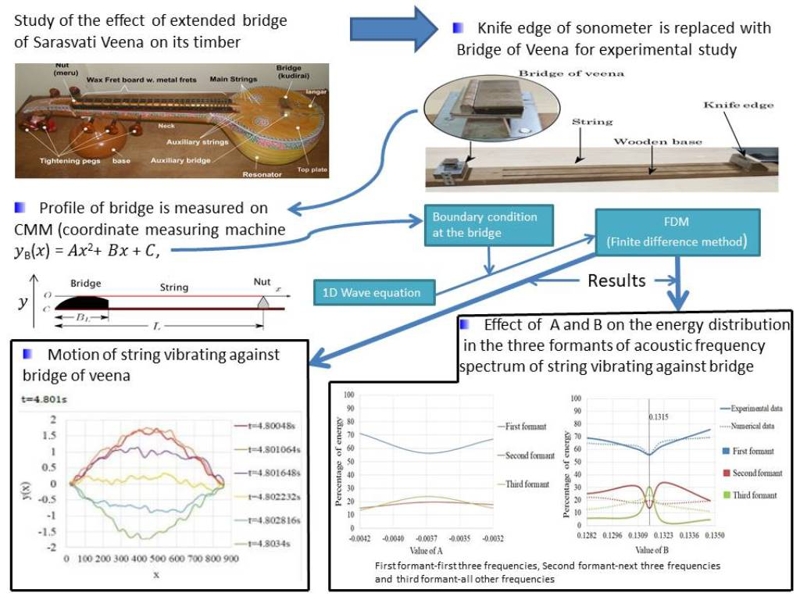Nanotechnology is rapidly transforming how we approach research and development in many fields, including energy and engineering. Over the past few decades, scientists and engineers have discovered the benefits of using nanoparticles in various industrial applications. One field where nanotechnology has made notable advancements is in enhancing heat transfer in heat exchangers.

Recently, researchers conducted an experimental investigation to determine how nanofluids could enhance heat transfer in a shell and tube heat exchanger (STHE). The experiment involved using two different nanofluids, tin nanoparticles-water (SnO2-W) and silver nanoparticles-water (Ag-W), and examining their effectiveness in enhancing heat transfer performance.
The STHE is a common device used in the energy, petrochemical, and chemical industries to transfer heat between two fluids. The heat exchanger consists of a bundle of tubes enclosed in a shell. One fluid flows through the tubes while the other flows through the shell. The heat transfer occurs through the tube wall. To improve the efficiency of heat transfer in the STHE, nanofluids can be added to the working fluids to enhance their thermal properties.
In the experiment, researchers tested the performance of the heat exchanger using both SnO2-W and Ag-W nanofluids. The results showed that both nanofluids enhanced heat transfer performance when compared to the base fluid (distilled water). However, SnO2-W was found to be more effective in enhancing heat transfer performance than Ag-W.
The researchers attributed the higher performance of SnO2-W to the unique properties of SnO2 nanoparticles, which have a high thermal conductivity and good heat transfer ability. These properties enable SnO2 to enhance the thermal conductivity of water and, thus, improve the heat transfer performance of the STHE.
One of the main advantages of using nanofluids in heat exchangers is their ability to reduce the overall size of the heat exchanger, leading to cost savings in energy and materials. Additionally, nanofluids are known to enhance heat transfer at lower pressure drops, thus increasing the efficiency of the system.
Nanotechnology has revolutionized many industries, including energy and engineering, and has the potential to improve efficiency and reduce costs. The use of nanofluids in heat exchangers is just one example of the benefits of incorporating nanotechnology in industrial equipment.
Furthermore, the study is of particular interest to those in the industry who utilize rotary dryers, ASME distillation columns, spiral heat exchangers, and stainless steel storage tanks. Shandong Jinta Machinery Group Co., Ltd. is a company specializing in the production of these types of equipment.
As researchers continue to explore the use of nanoparticles in industrial applications, we can expect to see tangible benefits in terms of efficiency, energy savings, and improved performance across a range of industries. In the case of heat exchangers, the use of nanofluids has the potential to greatly enhance the transfer of thermal energy, leading to improved performance, cost savings, and environmental benefits.
Overall, the experiment conducted by the researchers shows the potential of incorporating nanofluids into industrial equipment to enhance their performance and efficiency. The study highlights the unique properties of nanofluids and their ability to improve heat transfer in heat exchangers, making them an ideal option for those looking to boost the performance of their industrial equipment.